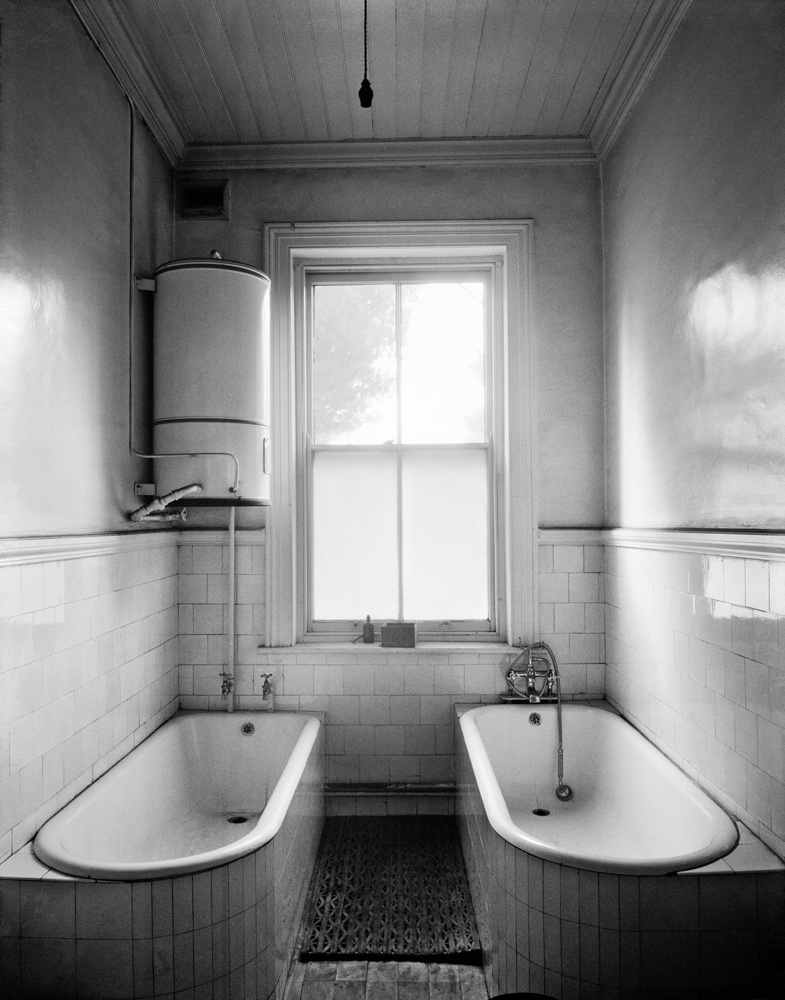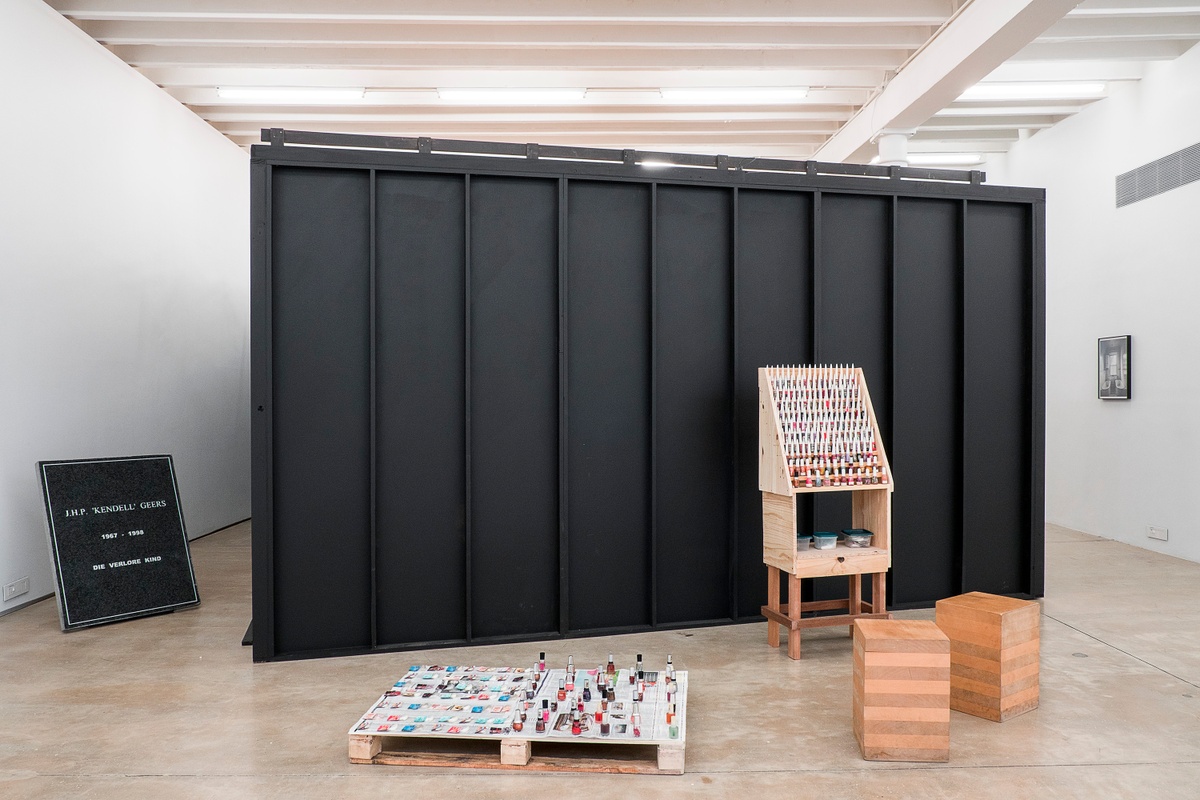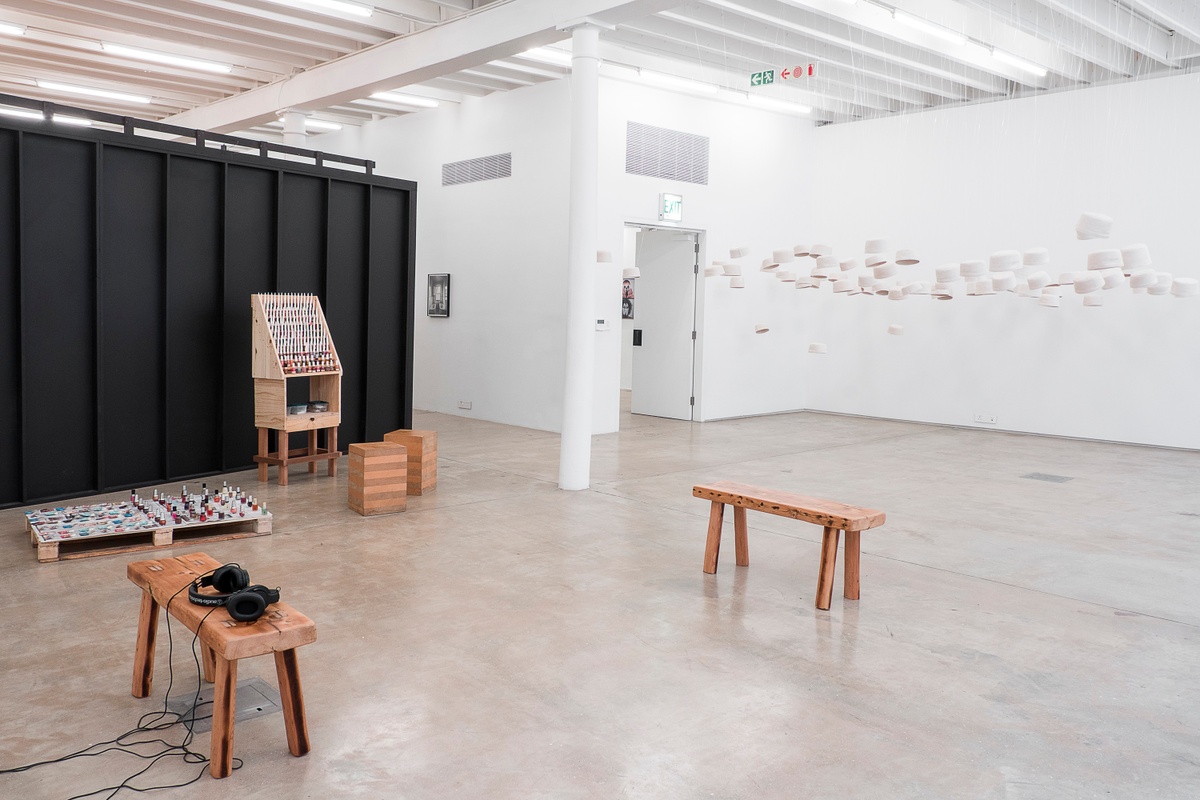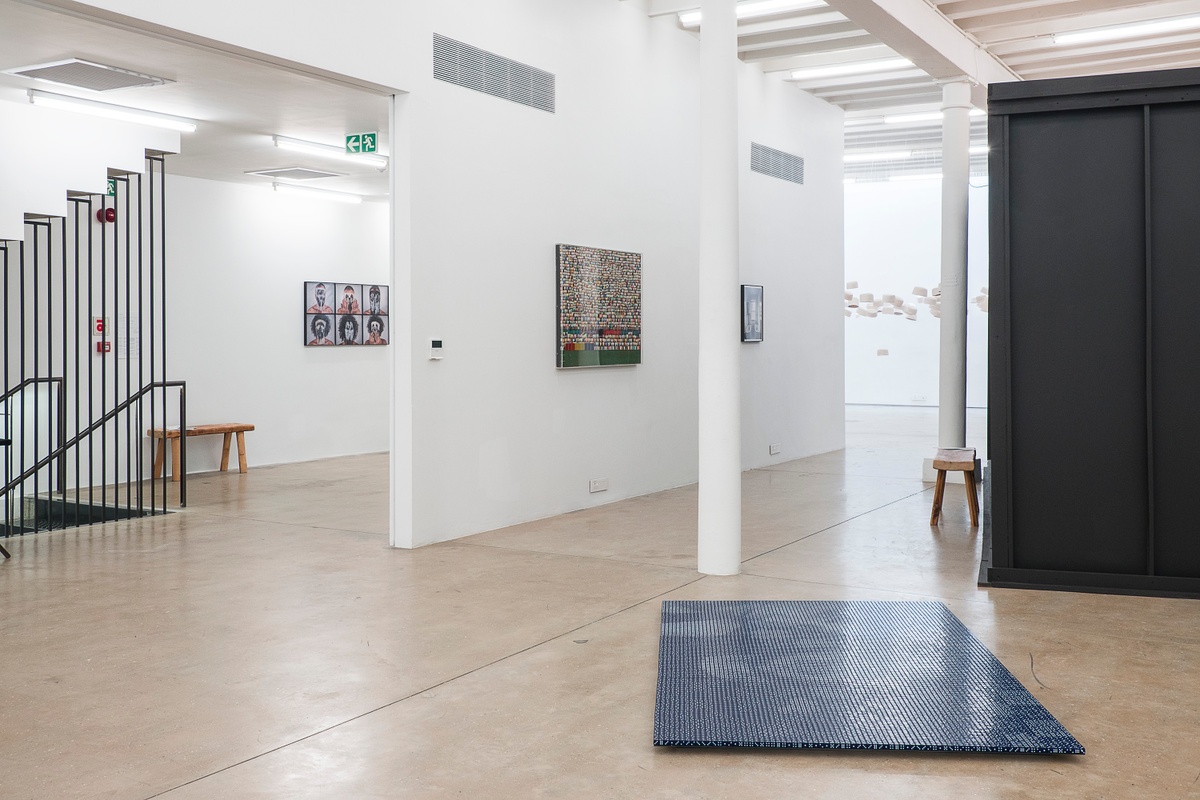David Goldblatt

For the General Manager after he had been underground first appeared in Goldblatt’s On the Mines (1973), a photobook compiled in collaboration with the writer Nadine Gordimer. The book considers not only the high drama of the industry, the men at work and looming machinery, but the minutiae of life in the mining compounds. Both Goldblatt and Gordimer grew up in gold mining country – then the Transvaal – and shared a lasting preoccupation with the images and implications of mining on the landscape and its people. In The Witwatersrand: A Time and Tailings, Gordimer’s contribution to the photobook, she writes:
In 1886 there began gold mining operations that were to produce great riches and political and economic power that would outlive the deposits of ore and the individual lives of successive generations of men who mined it. There also began a way of life shaped by the nature of the work to be done, the relationship of the strangers who came together to do it, and the blankness of the place on earth where they found themselves.
For the General Manager after he had been underground shows the bathroom of the General Manager of the New Kleinfontein Gold Mine, who, on returning from work, would take two successive baths (one ‘dirty’, the other ‘clean’) to wash himself of the clinging dust. The black miners who laboured under his authority had no such luxuries, only the most rudimentary of ablutions.
b.1930, Randfontein; d.2018, Johannesburg
“I was drawn,” the late photographer David Goldblatt wrote, “not to the events of the time but to the quiet and commonplace where nothing ‘happened’ and yet all was contained and immanent.” A preeminent chronicler of South African life under apartheid and after, Goldblatt bore witness to how this life is written on the land, in its structures or their absence. Unconcerned with documenting significant historic moments, his photographs stand outside the events of the time and yet are eloquent of them. Through Goldblatt’s lens, the prosaic reveals a telling poignancy. Even in those images that appear benign, much is latent in them – histories and politics, desires and dread. His photographs are quietly critical reflections on the values and conditions that have shaped the country; those structures both ideological and tangible. Among his most notable photobooks are On the Mines (1973), Some Afrikaners Photographed (1975), In Boksburg (1982), The Structure of Things Then (1998), and Particulars (2003).


